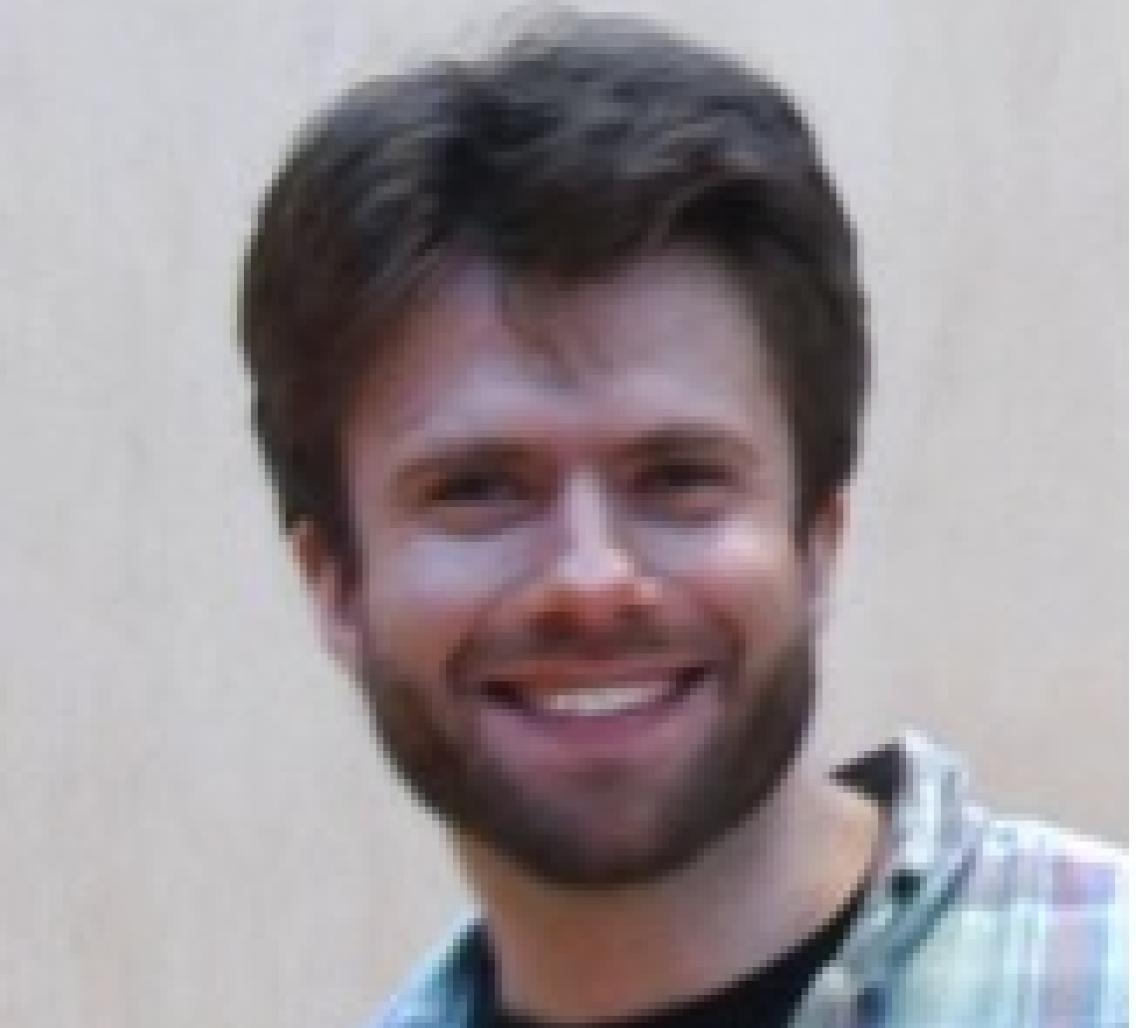Event Details:

Abstract: Many important behaviors arise from the joint activity of large numbers neurons spread over multiple brain areas. We use a combination of light-sheet microscopy and a virtual reality setup to image activity in almost the entire brain (~100k neurons) of fictively behaving larval zebrafish. Our general approach is to evoke the relevant behavior in the VR setup, record whole-brain activity optically, and apply large-scale computational techniques to create functional maps of brain activity. First, we addressed how structure in spontaneous behavior arises from brain activity. We analyzed the spatiotemporal structure of spontaneous swim trajectories in the absence of any salient sensory cues, in both freely swimming and virtual reality settings. From whole-brain functional maps we identified a relatively small number of neurons in stereotyped locations, which through lesion and stimulation experiments we showed to be causally related to the spontaneous behavior, critical to structuring swim trajectories. Secondly, I will describe work on how the brain implements flexibility in sensorimotor transformations. Here, we evoked a trained behavior – motor adaptation – and mapped activity correlating to the adapted state, and identified a brain area driving the acquisition and maintenance of a short-term motor memory. Together, these studies show how whole-brain imaging during behavior can localize and map the dynamics of previously unknown functional populations of neurons.